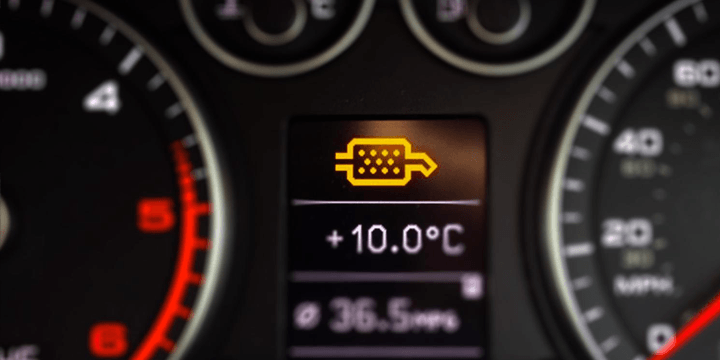DPF regeneration is an essential process in modern diesel engines that use a Diesel Particulate Filter (DPF) to reduce emissions. Diesel engines produce soot and other particulate matter that can harm the environment and cause respiratory problems in humans. The DPF is designed to capture these particles and prevent them from being released into the atmosphere. However, over time, the DPF can become clogged and require regeneration.
DPF regeneration is a process that burns off the accumulated soot and particulate matter in the DPF. The regeneration process is typically initiated by the engine control module (ECM) when the filter becomes clogged to a certain extent. The ECM will either increase the temperature of the exhaust gases or inject diesel fuel directly into the engine cylinders during the exhaust stroke to increase the temperature of the DPF.
There are two types of DPF regeneration: passive and active. Passive regeneration occurs naturally when the exhaust temperature is high enough to burn off the accumulated soot. This usually happens during highway driving when the engine is working hard and generating more heat. However, if the vehicle is driven mainly in the city, the engine may not get hot enough to trigger passive regeneration.
Active regeneration, on the other hand, is initiated by the ECM when the filter is clogged beyond a certain threshold. During active regeneration, the ECM injects extra fuel into the engine cylinders to raise the exhaust temperature and burn off the soot. Active regeneration can take anywhere from 5 to 30 minutes and is usually indicated by a warning light on the dashboard.
DPF regeneration is important to maintain the performance and efficiency of your diesel engine. If the DPF becomes clogged and the regeneration process is not initiated, it can lead to a decrease in fuel economy and engine power. In addition, if the DPF is not regenerated, it can cause damage to the engine and other components, resulting in costly repairs.
To ensure proper DPF regeneration, it is important to follow the manufacturer’s recommended driving procedures. This may include driving at higher speeds for extended periods of time, avoiding short trips, and using high-quality diesel fuel. In addition, regular maintenance of the engine and exhaust system can help prevent clogging of the DPF and prolong its life.
In conclusion, DPF regeneration is a critical process for maintaining the performance and efficiency of diesel engines that use a DPF. Understanding how the regeneration process works and following proper driving and maintenance procedures can help prevent costly repairs and ensure the longevity of your engine.


